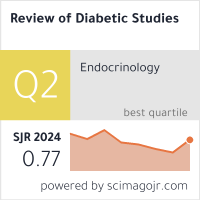Infection Control In Healthcare: A Comprehensive Review Of Strategies, Challenges, And Innovations
DOI:
https://doi.org/10.70082/841pbm07Keywords:
Infection Prevention and Control, Antimicrobial ResistanceAbstract
Healthcare infection control is a critical and constantly changing subject area with important implications for patient safety and the operational integrity of healthcare systems worldwide. Hospital-acquired infections have become a serious problem. They contribute significantly to patient suffering, mortality, and the spread of antimicrobial resistance. Additionally, hospitals are obliged to pay huge sums of compensation. Although effective evidence-based strategies currently exist, they face several challenges. Most of these are healthcare personnel who do not follow the rules that have been set, jobs that put pressure on immediacy, or inadequately qualified staff because recruited numbers cannot be made up in time at short notice when other qualified people quickly leave. When such an environment of little safety culture is allowed to persist, people soon forget about who put it there. There are also hurdles in resource-limited settings. Global health crises, such as the COVID-19 pandemic, have had a profound impact on IPC practices by publicizing away from reality and accelerating change. Thus, this area of expertise has found renewed vigor in the future. The field has responded to this surge with innovative solutions. Artificial intelligence plays an important role in enhancing surveillance, detection, and prevention efforts by providing predictive analytics or decision support. Novel therapeutic strategies, such as phage therapy, provide new avenues for treating antibiotic-resistant microbes. As for the future direction of infection control after 2024, it will benefit from both these forms of technical progress and more traditional medical devices that are being developed. Disciplinary embodiment will become an integral part of all future strategies at regional centers, helping to build stronger links between different fields, such as epidemiology, microbiology, and social science. This approach aims to create a more dependable IPC infrastructure and, ultimately, a safer healthcare environment.
Downloads
Published
Issue
Section
License

This work is licensed under a Creative Commons Attribution-ShareAlike 4.0 International License.


